An Estancia in Argentina
An estancia is a private farm or ranch used to farm or raise livestock, and you’ll find many dotted across the Patagonia region. On a recent trip, I made it a goal to get out of the main town and visit one. Luckily, many are open in various forms to tourists now and I was able to find a local guide to take me.
On this particular estancia several generations of the family reside, as well as a few additional employees at times. It is a rather lean operation, staffing up at key times, such as sheep shearing in the spring (the southern spring, our fall). I met the father and his son who welcomed me in their home with coffee and homemade bread, both cooked in their wood-fired oven. They have lived and worked this estancia their entire lives with the father’s dad having started it nearly 100 years ago. It’s unclear if it will continue solely in family hands, however, as the next generation was off living in Buenos Aires and attending school, “studying computers.” Dad seemed disappointed he wasn’t studying agriculture, however – “You should learn how to grow your own food so you never go hungry,” he remarked.
After coffee, they took me on a tour of the farm. Their sheep herds have been devastated by wild dogs in recent years. They’ve been trying everything to protect them, most recently by training their own dogs to watch over them, which seems to be working. Next, I was taken into the nearly 100-year-old barn where they recently sheared the sheep for the season. The equipment is nearly 90 years old and still in use.
It was a partially sunny yet cool and windy day there, just as I had pictured the windswept land of Patagonia. I could get the sense, even on a relatively nice day like this, how the harsh climate and ever-shifting weather really shape life here. Or as the son described it, “you can tell the weather is single because it does what it wants.”
All photos from November 2023.

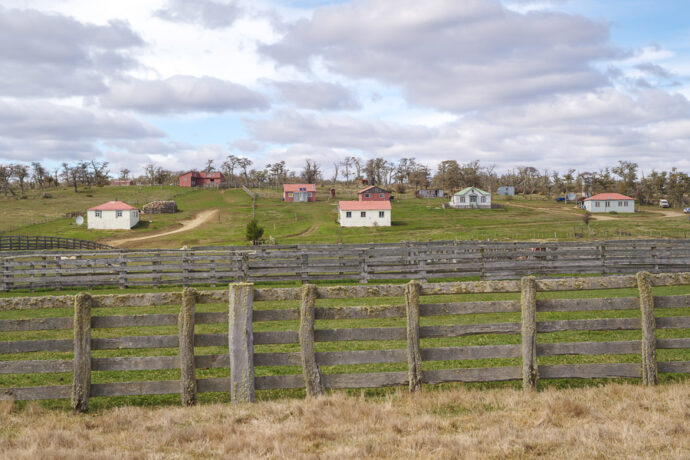
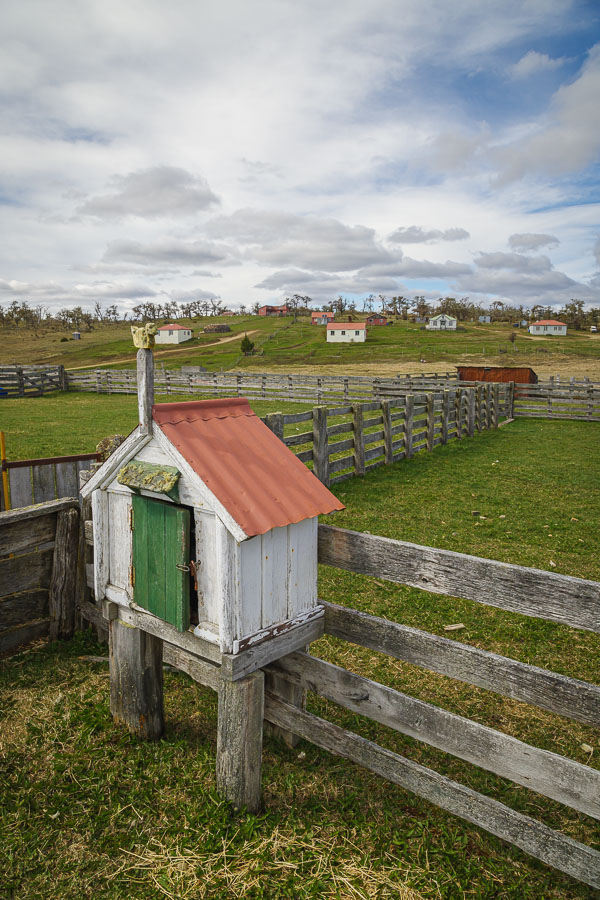
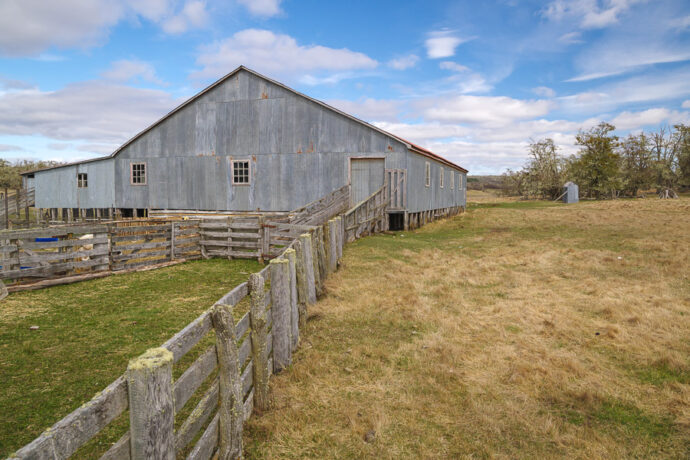
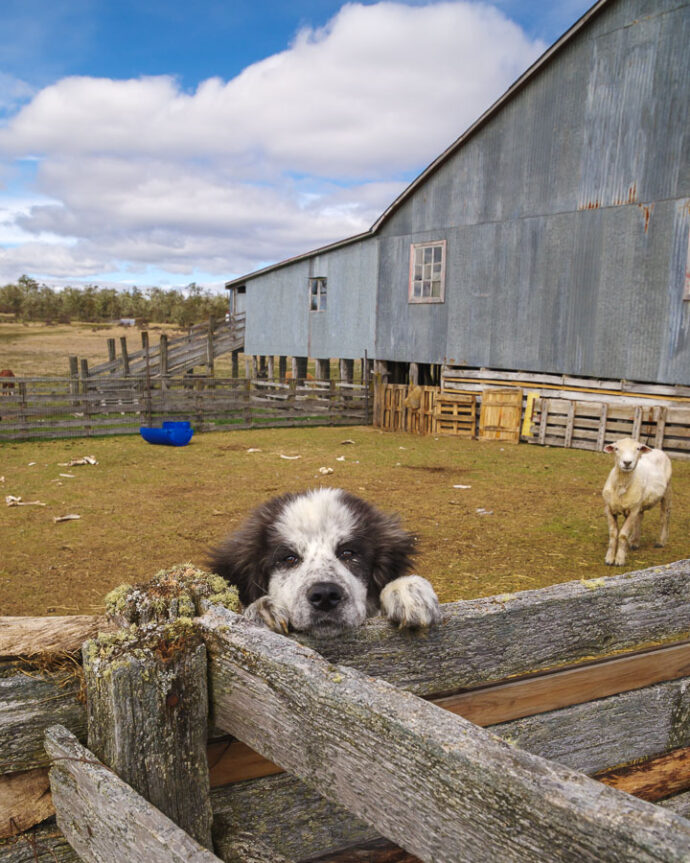
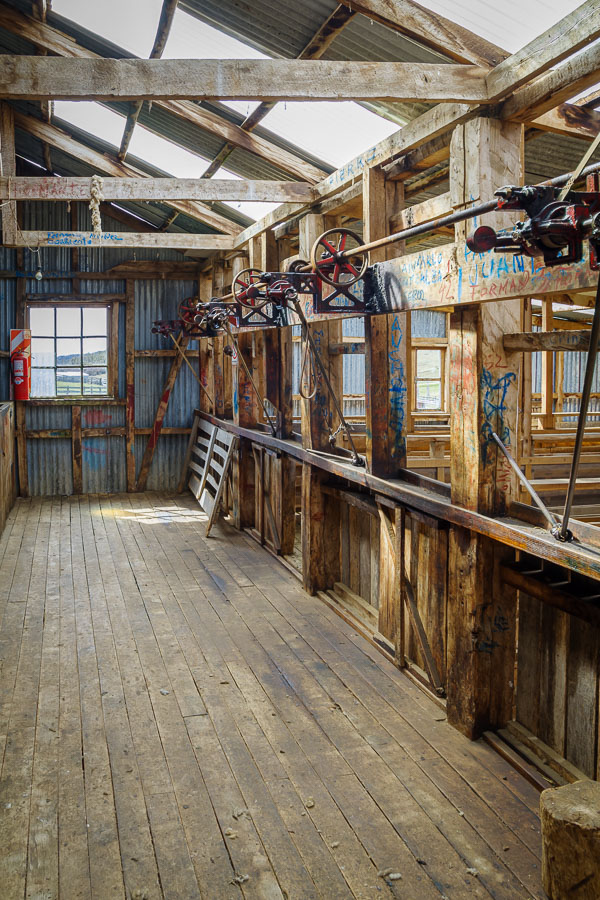

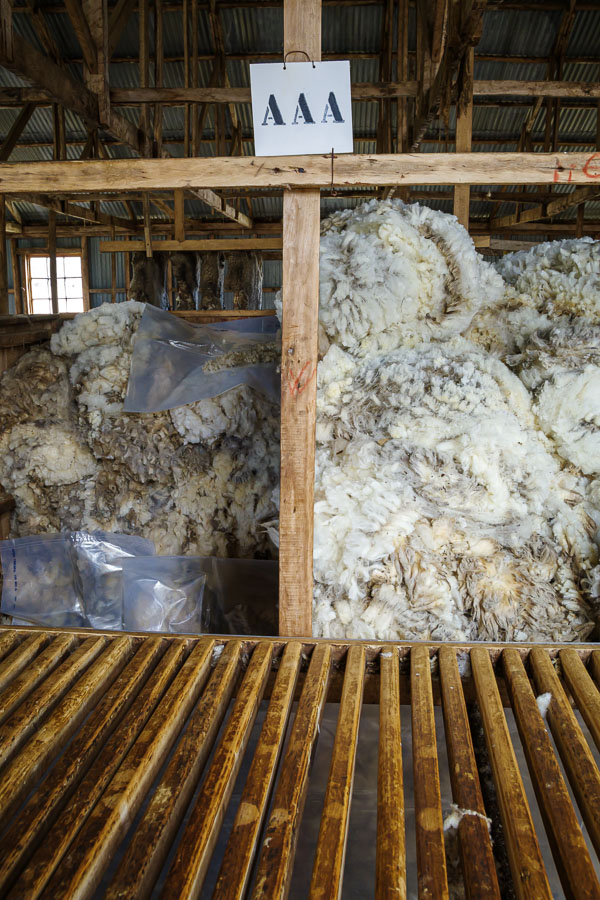
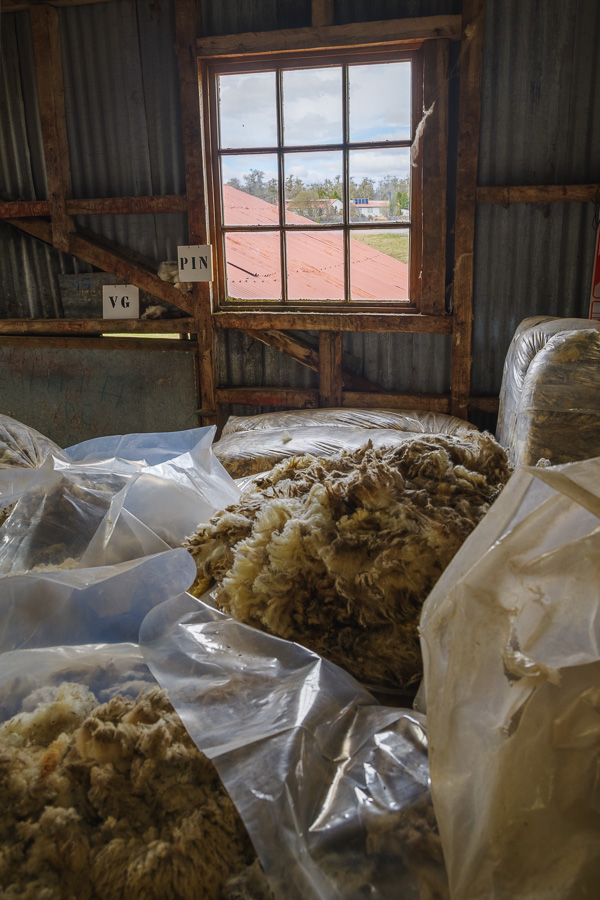
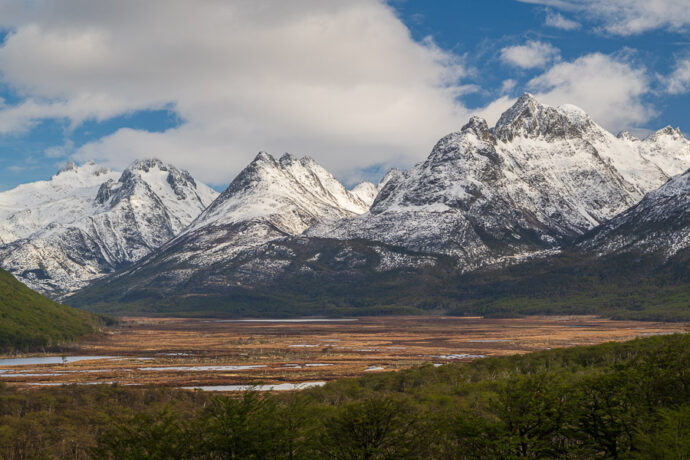
Sign up for my newsletter and never miss a post. Learn more and sign up here.


Leave a Reply